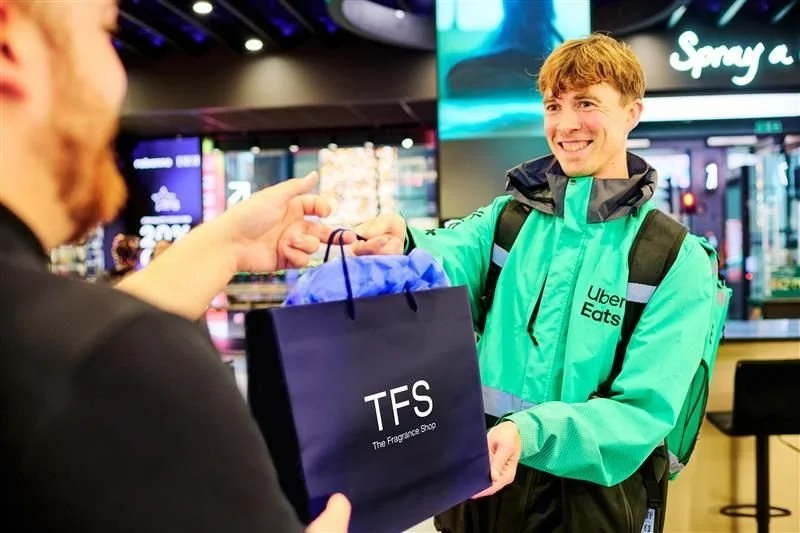The future of in-store loyalty
By David Buckingham, CEO, Ecrebo
Although the dawn of a new year is typically seen as a fresh start by consumers, it’s not always so for brands; rather it presents an opportunity to build on the work they’ve been doing, particularly around loyalty. One of the major challenges retailers now face is competing effectively with the growing e-commerce threat. A successful way of overcoming this lies in the in-store customer experience, which is linked to loyalty. Loyalty, particularly in-store loyalty, has evolved rapidly over the last years, driven by advances in technology and consumer savviness. 2018 will undoubtedly signal further trends and changes.
It’s still all about data… and personalisation
We’ve been talking about data and analytics for years now and it continues to play a critical role. Looking at personalisation, it’s about the quality of data and how it is used. What does this mean going forward? With the compliance deadline for GDPR fast approaching, 2018 will see a change in attitude from retailers. While many are following best practice and doing this already, there needs to be an added level of consumer education in terms of where and how their data is used. We know that most consumers are willing to share their data with brands, but they need to be encouraged to do so, and increasingly, they need to feel reassured that the retailer will use their data appropriately and carefully.
Taking that a step further, research reveals that 44% of a brand’s customer data is gathered at the till. This presents an excellent and mostly untapped channel of opportunity. The key? Using this data in real-time at the PoS to offer loyal customers personalised offers that they value. This will go beyond stretch spend offers or money off regularly purchased items, and extend to messages delivered at the PoS with additional information about the products shoppers have just bought.
Hyper-personalisation versus automation
Hyper-personalisation is here to stay; it just makes sense. Giving your loyal customers rewards they actually find valuable and an experience they enjoy, all based on relevance. However, there’s a slight contradiction because as the desire for and delivery of personalisation increases, automation will play a bigger role.
Can the two work together? For 2018, the answer is yes. While more applicable to the online environment (think about chat bots and the targeted use of data gleaned from shoppers and the queries that can be answered), the strange mix of the two elements will also influence behaviour in-store. The increased presence and popularity of self-help kiosks, mPoS, and store assistants using smartphones and tablets, can all contribute to overall experience and influence loyalty, while still providing those elements of personalisation.
Artificial intelligence or augmented intelligence?
According to Forbes, we should worry less about AI and more about augmented intelligence. Yes, AI has a contribution to make to retail; especially as Forrester predicts that 10% of purchase decisions will be influenced by agents (such as chatbots) and the platforms they reside on because of the wealth of information they are likely to gather from shoppers, used to guide decision-making. But it’s not the use of AI alone that will contribute to success. Instead, as mentioned above when talking about data, it is the mix of man and machine that will have the biggest difference.
What are we forgetting?
In-store is a veritable treasure trove when it comes to new technologies that streamline the customer experience and ultimately guide loyalty. From new payment methods, to real-time stock checking, bricks and mortar retailers are upping their game. There is also the continued use of beacon technology or proximity marketing, which has grown in popularity year-on-year. And that’s not forgetting augmented reality.
Conclusion
Good customer experience leads to increased satisfaction, which ensures continued brand loyalty. Sounds simple enough. However, while there are many trends and predictions for 2018, it is important to remember that the customer should remain the focus of all marketing efforts. And this is something that is not likely to change.










Continue reading…